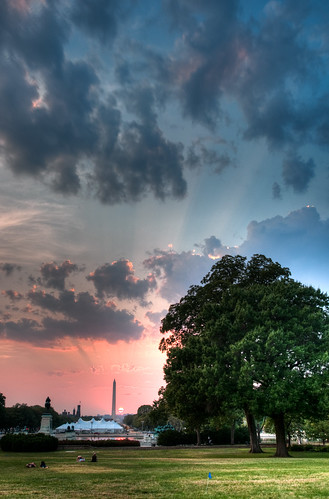Meteorological spring starts Friday, so how is spring equinox three weeks away?
Equinox #Equinox

We have “officially” transitioned out of the winter season — at least in the weather world. Friday marks the first day of meteorological spring, even though temperatures have felt like spring already for the past month.
There are two seasonal cycles: meteorological and astronomical. And they start and end on different dates.
Meteorological seasons are grouped in three-month periods. Winter is December, January and February. Spring is March, April and May. Summer is June, July and August. And fall is September, October and November.
This is based on the annual temperature cycle and, according to the National Weather Service, helps to keep track of the weather and temperature patterns in a more simplistic way. They are grouped in line with our civil calendar, and by doing this the NWS says there is less variation. It also helps to keep consistency for statistical purposes for agriculture and commerce.
People are also reading…
Each meteorological season begins on the first day of the month containing the solstice or equinox.
This jumps into the definition of astronomical seasons, which are based on the position of the Earth relative to the sun. The Earth’s tilt of 23.4 degrees on its axis and the Earth’s rotational path around the sun are what define the equinoxes and solstices.
Due to the Earth’s tilt, the sun’s alignment over the equator will vary throughout the year. On the vernal (spring) equinox, which is coming up this month, the sun’s rays will be directly over the equator, allowing for 12 hours of sunlight and 12 hours of darkness. The same goes for autumnal equinox in September.
For each solstice, the sun’s alignment is over the Tropic of Cancer or Tropic of Capricorn. During the summer solstice the sun’s rays align with the Tropic of Cancer, which brings longer days to the Northern Hemisphere. During the winter solstice, the sun aligns with the Tropic of Capricorn, bringing longer daylight hours to the Southern Hemisphere.
The vernal (spring) equinox occurs each year on March 20 or 21; the autumnal (fall) equinox occurs on or around Sept. 22; the summer solstice occurs on or around June 21; and the winter solstice occurs on or around Dec. 22.
The variation of the date is due to the trips around the sun. According to the National Centers for Environmental Information with NOAA, the Earth actually travels around the sun 365.24 days a year.
This means an extra day is needed every fourth year, which is what we know as Leap Day — which coincidentally occurred on Thursday this week.
The new Tulsa World app offers personalized features. Download it today.
Users can customize the app so you see the stories most important to you. You can also sign up for personalized notifications so you don’t miss any important news.
If you’re on your phone, download it here now: Apple Store or Google Play
Patrick Prince ‘); var s = document.createElement(‘script’); s.setAttribute(‘src’, ‘https://assets.revcontent.com/master/delivery.js’); document.body.appendChild(s); window.removeEventListener(‘scroll’, throttledRevContent); __tnt.log(‘Load Rev Content’); } } }, 100); window.addEventListener(‘scroll’, throttledRevContent);
Get the daily forecast and severe weather alerts in your inbox!